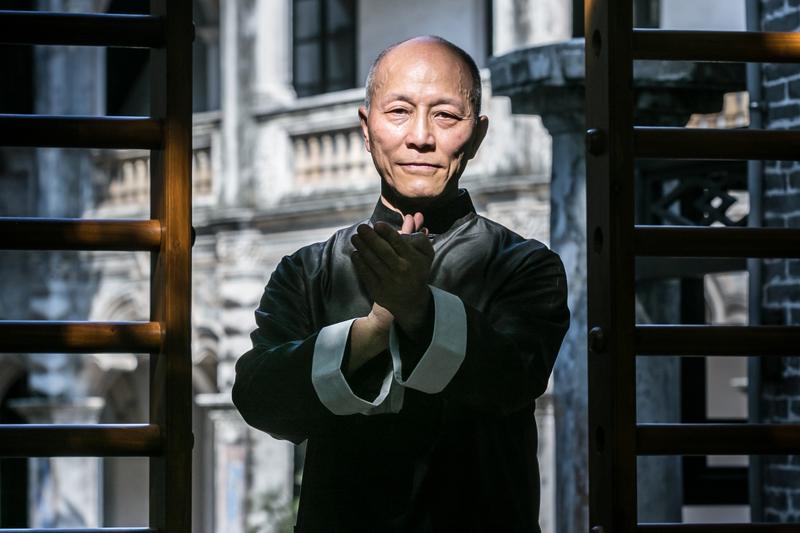 Wing Chun master Lui Ming-fai, who has a central role in the film, says he is engaged in a life-long mission to hone his craft into a purer form. (PHOTO PROVIDED TO CHINA DAILY)
Wing Chun master Lui Ming-fai, who has a central role in the film, says he is engaged in a life-long mission to hone his craft into a purer form. (PHOTO PROVIDED TO CHINA DAILY)
The Wing Chun Philosophy, a half-hour documentary on a form of self-defense traditionally practiced in southern China, has none of the street fights in period costumes, accompanied by dramatic music and romanticized slow-motion shots one usually sees in the movies. The film is a realistic take on the art of Wing Chun, while exploring how its philosophical underpinnings might be useful in our daily lives today.
First released in 2012, the film got a 4K re-release in 2021. It features sports scientists trying to figure ways of improving the performance of Wing Chun practitioners, 3D-animated figures delineating specific moves, actors performing dramatic scenes, Wing Chun demonstrations by master Lui Ming-fai and his students in Hong Kong, Macao and Foshan, as well as interviews with Lui and other Wing Chun practitioners such as Vincent Lo, who conceptualized the film and whose company, Shui On Land, sponsored the project.
“We wanted to show it’s (Wing Chun philosophy) not just limited to fighting. The idea is that it’s for everybody,” Seamus Walsh, the Irish director of the documentary, says. For instance, the film features a cellist and an artist.
“We can show Wing Chun is as much a self-help philosophy as it is a fighting system,” Walsh adds.
Wing Chun master Lui says, “It’s about moderation. It’s how we apply the avoidance of extremes in our daily lives. This is a Chinese tradition.”
“Mr Lo was very keen on preserving the merits of Wing Chun and its tradition,” Lui says, adding one of the goals was to challenge the misconception that Wing Chun is about applying force.
 Director Seamus Walsh (second from right) says the idea behind making The Wing Chun Philosophy was to produce an instructional documentary for a broader audience. (PHOTO PROVIDED TO CHINA DAILY)
Director Seamus Walsh (second from right) says the idea behind making The Wing Chun Philosophy was to produce an instructional documentary for a broader audience. (PHOTO PROVIDED TO CHINA DAILY)
The film seems to be doing a good job of promoting the art of Wing Chun. Walsh mentions that viewers inspired by the film have approached Lui to ask whether he would teach them.
“We wanted people to see the film and be psyched up to go do Wing Chun. It worked for some and I am very happy about that,” Walsh says.
He says the use of Western classical music in the film came naturally to him, given his European background. “Classical music, to me, shows a certain elegance. It is all about being calm and taking a step back, and realizing what’s the most important thing to be concentrating on in that moment.” The idea ties in with that of siu lim tau — to block everything out and concentrate on the movements.
Contrasting his own style with that of the auteur director Wong Kar-wai, who has also made a Wing Chun-based film, The Grandmaster, Walsh says unlike Wong he doesn’t want to romanticize the martial art form. His aim is primarily to produce an “instructional documentary” that will help get the message “out there for a broader audience.”
“What mattered was how keen and invested he was,” says Lui of Walsh, recalling how the director made many visits to his studio to get a better understanding of the moves involved in the martial art form.
Wing Chun is a constant in an ever-evolving world, says Lui. With the passage of time, he is reminded that he has fewer years to work on his craft and hone it into a purer form.
“How I teach may have been adjusted, but the principles and theories of Wing Chun remain the same,” he says.
Walsh feels the re-release of the film was well-timed, given the uncertainties looming large over much of the world. A martial art form that teaches people to “relax and focus on what you want and make your decision can be pretty helpful at the moment,” he says, adding, “I hope we can spread the word.”


